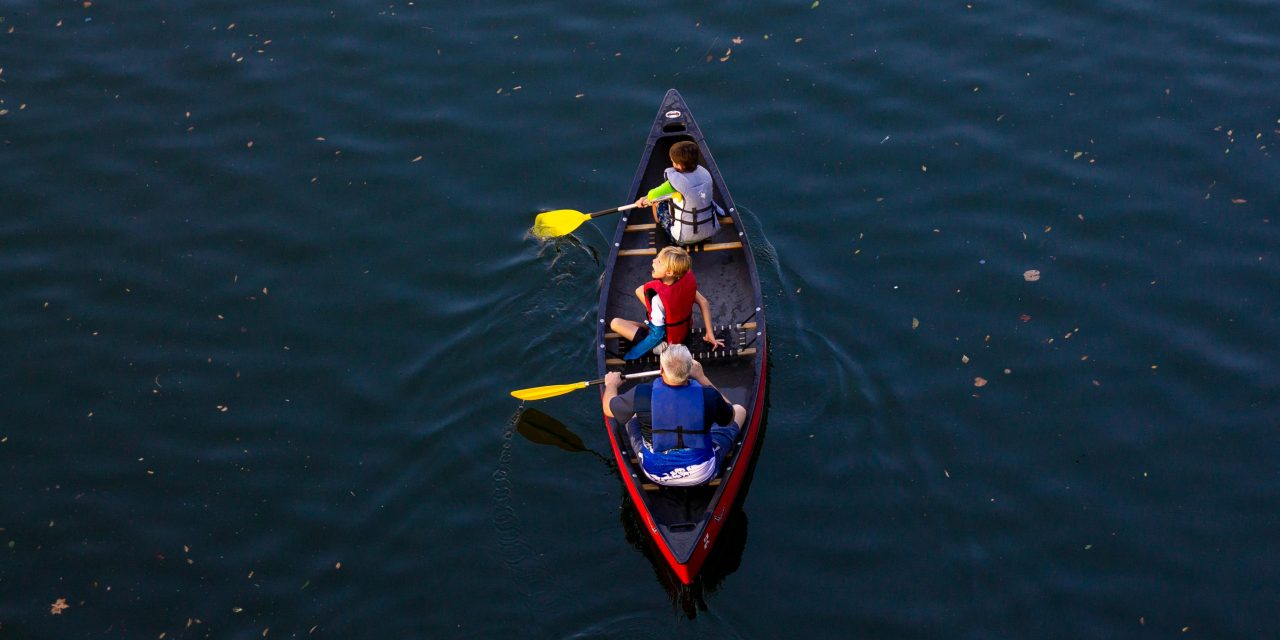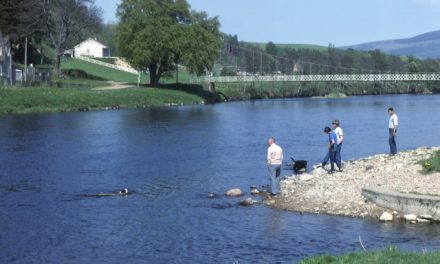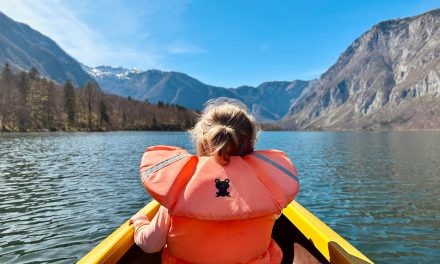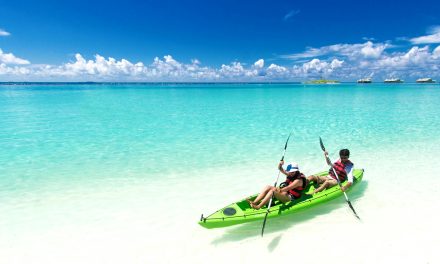When exploring waterways, the choice between a canoe and a kayak often confuses beginners. While both serve as versatile vessels for recreation, sport, and adventure, they differ significantly in design, usage, and purpose. Understanding the distinctions between a canoe and a kayak can help enthusiasts select the best option for their specific needs, whether it’s gliding across calm lakes or navigating turbulent rivers. In this article, we’ll dive into the defining features of canoes and kayaks, exploring their historical roots, structural differences, and practical applications.
The Basics of Canoes and Kayaks
At first glance, canoes and kayaks may appear similar, as they are both small, manually propelled watercraft. However, their fundamental designs set them apart. A canoe typically features an open-top structure, allowing paddlers to sit on raised seats or kneel on the hull. On the other hand, a kayak is a closed-deck vessel, where the paddler sits inside the boat with their legs extended forward.
Kayaks are often equipped with a spray skirt to seal the cockpit, protecting the interior from water. This makes them ideal for activities where manoeuvrability and speed are key. Canoes, however, are built for stability and are often used for leisurely paddling or transporting gear across calm waters. These basic structural differences make canoes and kayaks suited for distinct environments and purposes.
Understood! I will use UK English going forward. Let’s proceed with the next section of the article.
The Basics of Canoes and Kayaks
At first glance, canoes and kayaks may appear similar, as they are both small, manually propelled watercraft. However, their fundamental designs set them apart. A canoe typically features an open-top structure, allowing paddlers to sit on raised seats or kneel on the hull. On the other hand, a kayak is a closed-deck vessel, where the paddler sits inside the boat with their legs extended forward.
Kayaks are often equipped with a spray skirt to seal the cockpit, protecting the interior from water. This makes them ideal for activities where manoeuvrability and speed are key. Canoes, however, are built for stability and are often used for leisurely paddling or transporting gear across calm waters. These basic structural differences make canoes and kayaks suited for distinct environments and purposes.
Historical Origins of Canoes and Kayaks
The history of canoes and kayaks highlights their cultural significance and evolution. Canoes were first developed by Indigenous peoples in North America, with early models crafted from birch bark and designed for transportation, hunting, and fishing. Their open-top design made them perfect for carrying goods over long distances.
Kayaks, meanwhile, originated from Arctic regions, primarily used by the Inuit, Aleut, and Yup’ik peoples. These were traditionally made of wood or whale bones and covered with sealskin, offering protection against the freezing waters. Unlike canoes, kayaks were initially built for solo use, allowing hunters to navigate narrow waterways with agility and speed.
Design Differences: Canoe vs. Kayak
The structural design of a canoe and a kayak is one of the most striking ways to distinguish between the two. A canoe typically features a wide, open hull that provides greater stability. Its high sides allow for more storage space and make it suitable for carrying multiple passengers or gear. The paddler can sit on raised benches or kneel for better control.
In contrast, a kayak has a more streamlined, enclosed design. Its closed deck protects the paddler and their equipment from water, making it a better choice for rough conditions or faster waters. Kayaks often feature foot pedals for added control and rudder systems for improved steering. This sleek design also allows for higher speed and manoeuvrability compared to canoes.
Hull Shape and Size Variations
The hull shapes of canoes and kayaks further reflect their intended purposes. Canoes often have a flatter bottom, which enhances stability and makes them suitable for calm waters like lakes and slow-moving rivers. This design is particularly useful for beginners or those prioritising comfort and balance.
Kayaks, on the other hand, frequently have a rounded or V-shaped hull. This allows them to cut through water with greater efficiency, making them faster and more agile. Kayaks are generally smaller and lighter than canoes, which makes them easier to transport but limits the amount of gear they can carry. These differences ensure that each type of vessel excels in specific environments and activities.
Paddle Structure and Usage
The paddle is a key element that differentiates a canoe from a kayak. Canoes are operated using a single-bladed paddle, which the paddler alternates from one side of the boat to the other. This paddling technique allows for steady propulsion and steering. Single-bladed paddles are typically longer, accommodating the higher sides of a canoe, and are ideal for slower, more relaxed journeys.
In contrast, kayaks use a double-bladed paddle, with blades on both ends of the shaft. This allows the paddler to stroke alternately on each side without needing to switch the paddle’s position. The double-bladed paddle design contributes to greater speed and efficiency, making kayaks better suited for dynamic environments or long-distance travel.
Single-Bladed vs. Double-Bladed Paddles
Single-bladed paddles offer simplicity and are easier to use for activities like fishing or family outings, where minimal effort and manoeuvrability are required. They are also ideal for beginners who are learning to control a canoe’s direction on calm waters.
On the other hand, double-bladed paddles excel in terms of speed and precision. The continuous paddling motion ensures that kayaks maintain a smooth, straight trajectory, even in turbulent conditions. While this type of paddle requires more effort, it provides a balanced and seamless rhythm for navigating through rapids, narrow channels, or open sea.
Seating Position and Comfort
Another notable distinction between canoes and kayaks lies in the seating position and overall comfort they offer. In a canoe, paddlers sit on raised benches or kneel on the hull for better stability and control. The open-top design allows paddlers to move around freely, making it easy to stretch or shift positions during long trips. This spacious layout is particularly advantageous for families or groups carrying extra gear.
Conversely, a kayak features an enclosed seating area where the paddler sits low, with their legs extended forward under the deck. This positioning provides a lower centre of gravity, which enhances stability and allows for faster manoeuvring. However, the snug fit of a kayak can feel restrictive to some, especially during extended use. Many modern kayaks come with adjustable seats and footrests to improve comfort for paddlers of different heights.
Open vs. Enclosed Designs
The open design of a canoe ensures ease of entry and exit, making it ideal for leisurely activities such as fishing, picnicking, or short excursions. Its spaciousness also makes it easier to accommodate multiple passengers or carry bulky equipment.
In contrast, the enclosed design of a kayak provides better protection from water and weather conditions, making it a popular choice for sports, long-distance travel, or rough environments. This design also enhances the paddler’s connection with the vessel, offering greater control over steering and balance.
Applications: Where and Why to Use Each
The applications of canoes and kayaks differ based on their designs, making them suitable for specific environments and activities. Canoes are typically used for recreational purposes such as family outings, fishing trips, or relaxed paddling on calm lakes and rivers. Their open and spacious structure allows paddlers to bring along more gear, making them ideal for camping or multi-day trips where storage is key.
On the other hand, kayaks excel in sporting and adventurous activities. Their streamlined design and manoeuvrability make them a go-to choice for white-water rafting, sea kayaking, or competitive racing. Additionally, kayaks are commonly used in touring and long-distance travel, where speed and efficiency are critical.
Recreational, Competitive, and Adventure Use Cases
- Recreational Use: Canoes are perfect for casual outings, providing comfort and stability for families, beginners, or those looking to enjoy the scenery. Their ability to hold more passengers and equipment makes them ideal for relaxed adventures.
- Competitive Use: Kayaks dominate competitive water sports, such as sprint kayaking, slalom kayaking, and whitewater racing. Their agility and speed are unmatched, giving athletes an edge in high-energy activities.
- Adventure Use: For thrill-seekers, kayaks are preferred for exploring challenging waters like oceans, narrow streams, or fast-moving rivers. Kayaks with spray skirts protect paddlers from water, allowing them to take on rougher conditions with confidence.
Each vessel’s strengths cater to a specific audience, ensuring that paddlers can find the right fit for their intended activity.
Conclusion
Understanding the differences between a canoe and a kayak is essential for making the right choice when venturing onto the water. Canoes, with their open design and spacious seating, are ideal for leisurely activities, family outings, or carrying extra gear. They prioritise stability and comfort, making them perfect for calm environments. On the other hand, kayaks excel in speed, manoeuvrability, and adaptability, making them the better option for sports, adventures, or challenging water conditions.
Ultimately, the decision between a canoe and a kayak depends on your personal preferences, the type of activity, and the environment you plan to explore. By weighing their unique features and applications, paddlers can choose the vessel that best suits their needs, ensuring an enjoyable and safe experience on the water.





